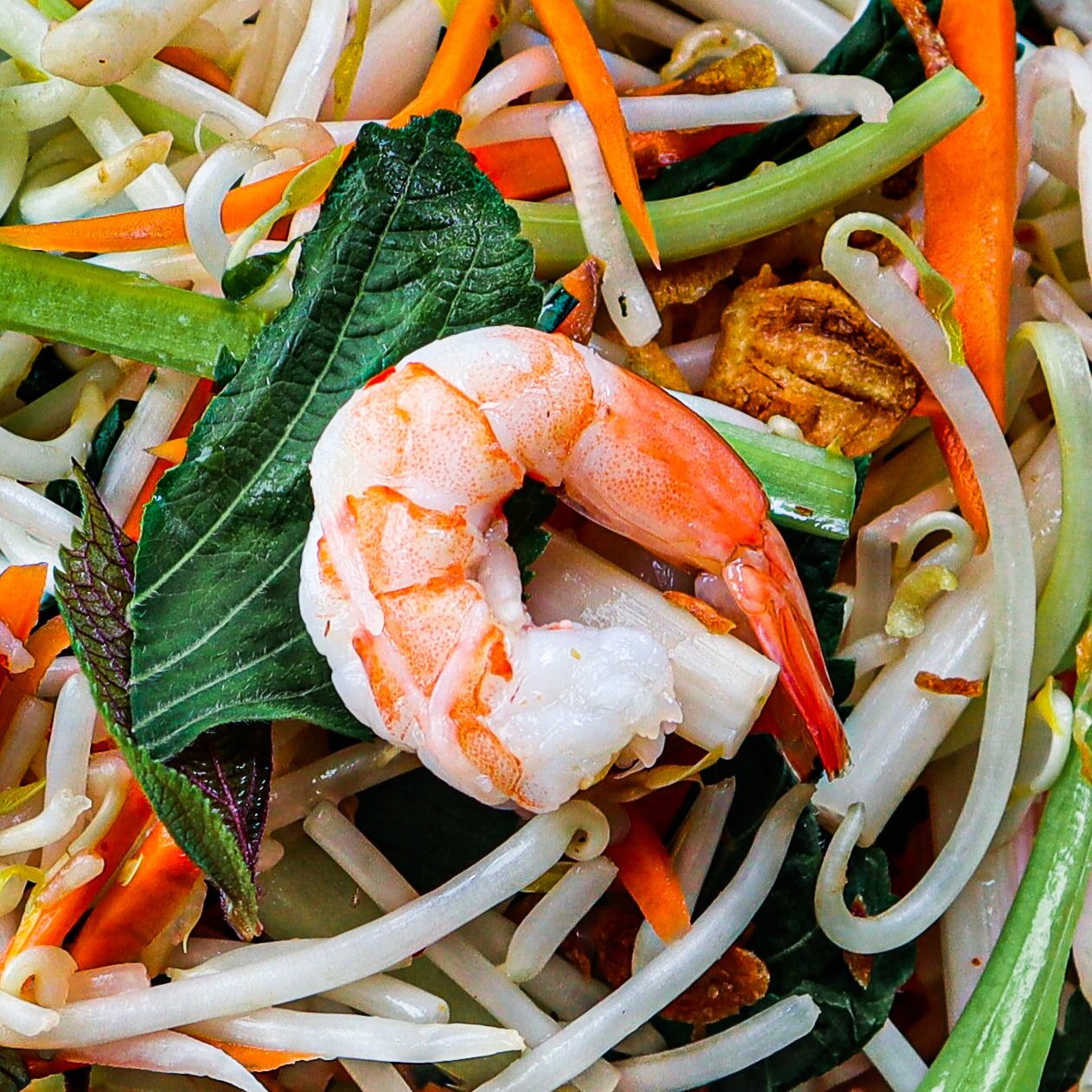![Củ Cải Chua Ngọt [Pickled Daikon and Carrots] Củ Cải Chua Ngọt [Pickled Daikon and Carrots]](https://i.imgur.com/bTULtfq.jpg)
Củ Cải Chua Ngọt [Pickled Daikon and Carrots]
Ingredients
- 2 cups, carrots (Cut into match sticks)
- 1 cup, daikon (Cut into match sticks)
- 1/4 teaspoon, kosher salt
- 1 teaspoon, organic sugar
- 1 cup, rice vinegar (Unseasoned)
- 2 cups, filtered water
- 2 clove, peeled garlic
- 1/4 ounce, peeled ginger (Sliced)
- 1 each, jalapeno
Instructions
- Cut carrots and daikon into 1/8" thick x 2-3" long
- In a medium-size pot, add kosher salt, organic sugar, rice vinegar, water, garlic, ginger, and jalapeno.
- Bring the pot to a simmer.
- Take the pot off the heat.
- Add cut carrots and daikon.
- Submerge carrots and daikon (under pickling liquid) with a small plate
- Allow carrots and daikon to steep for at least 15 minutes at room temperature.
Notes:
Store carrots and daikon in a mason jar with the pickling liquid. Keep refrigerated.








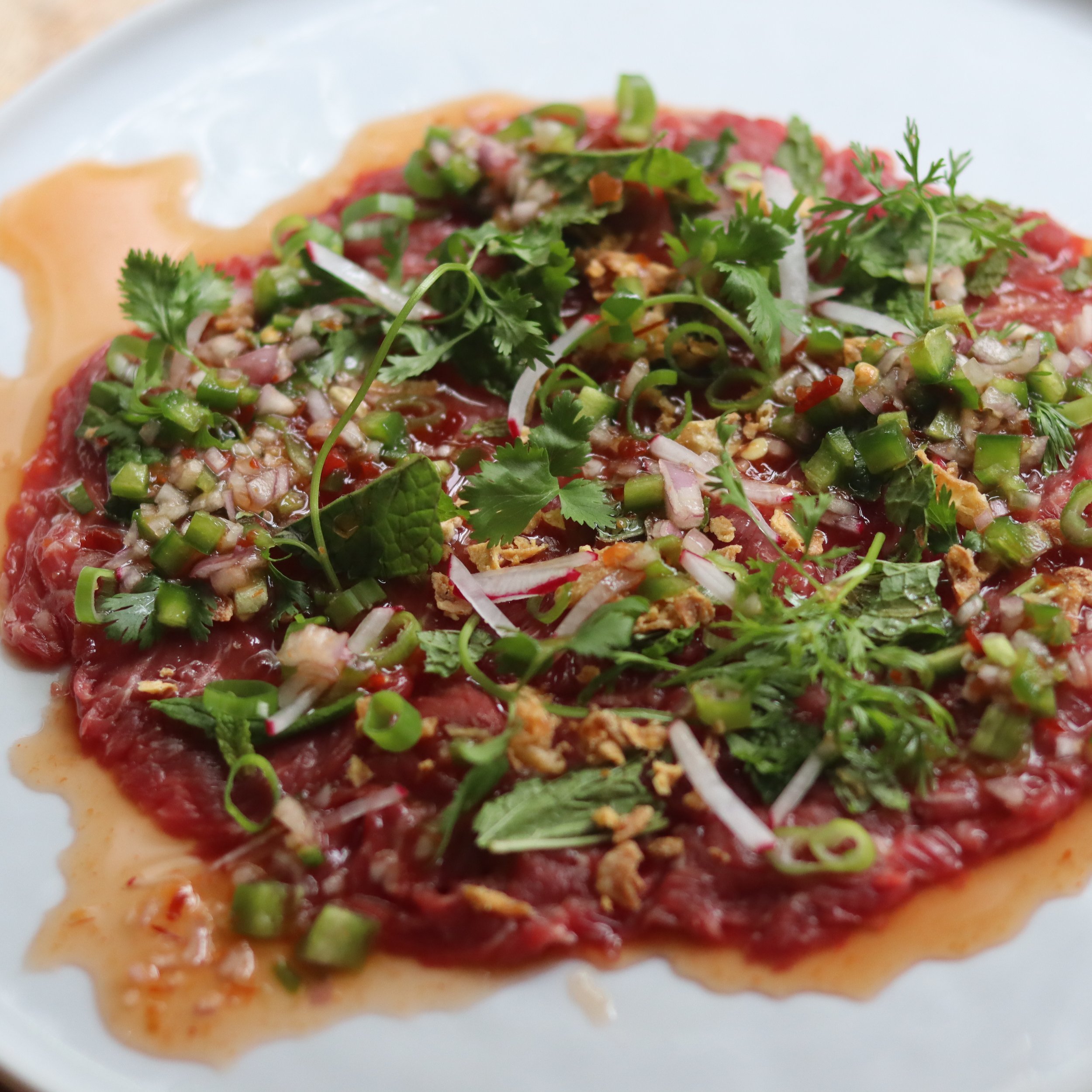
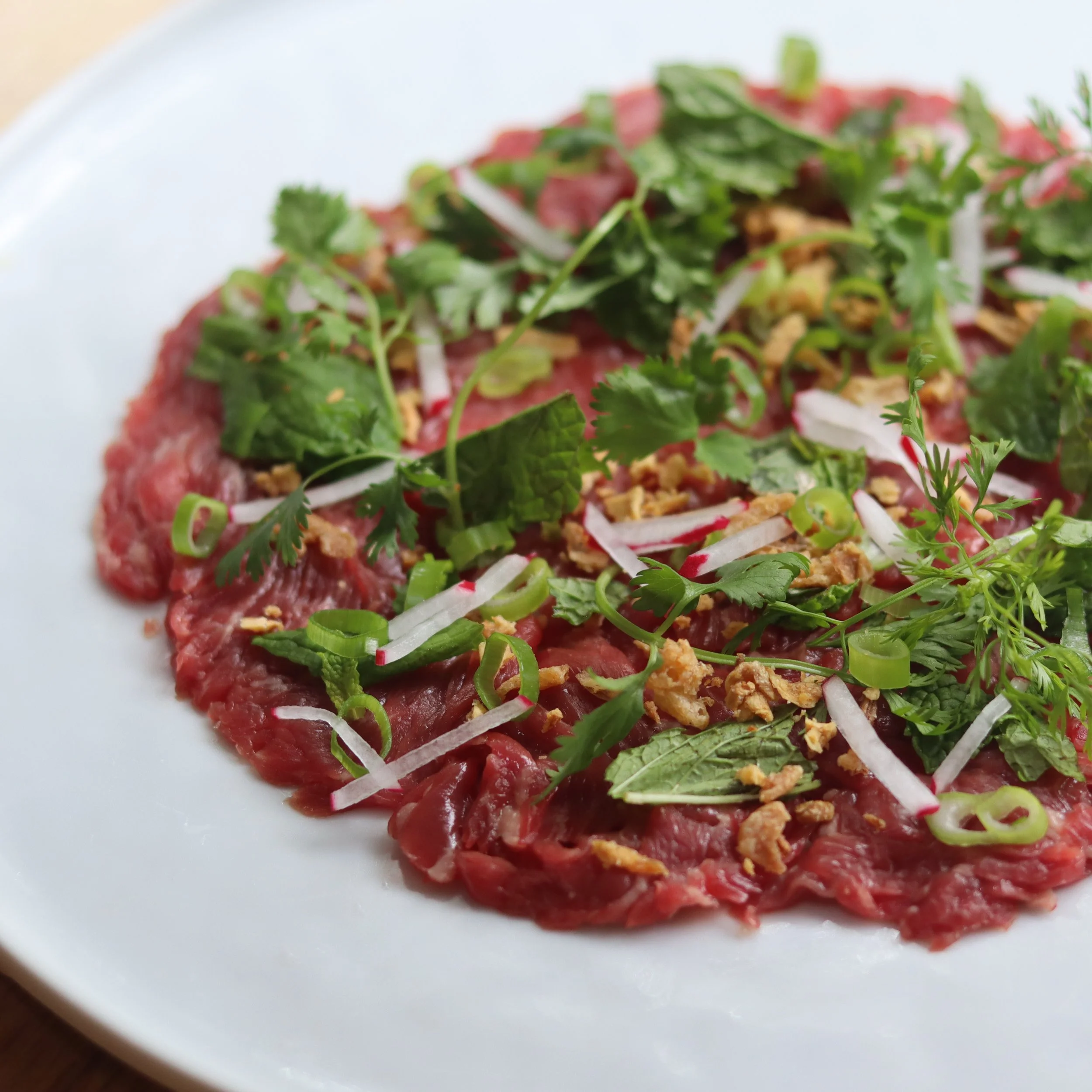
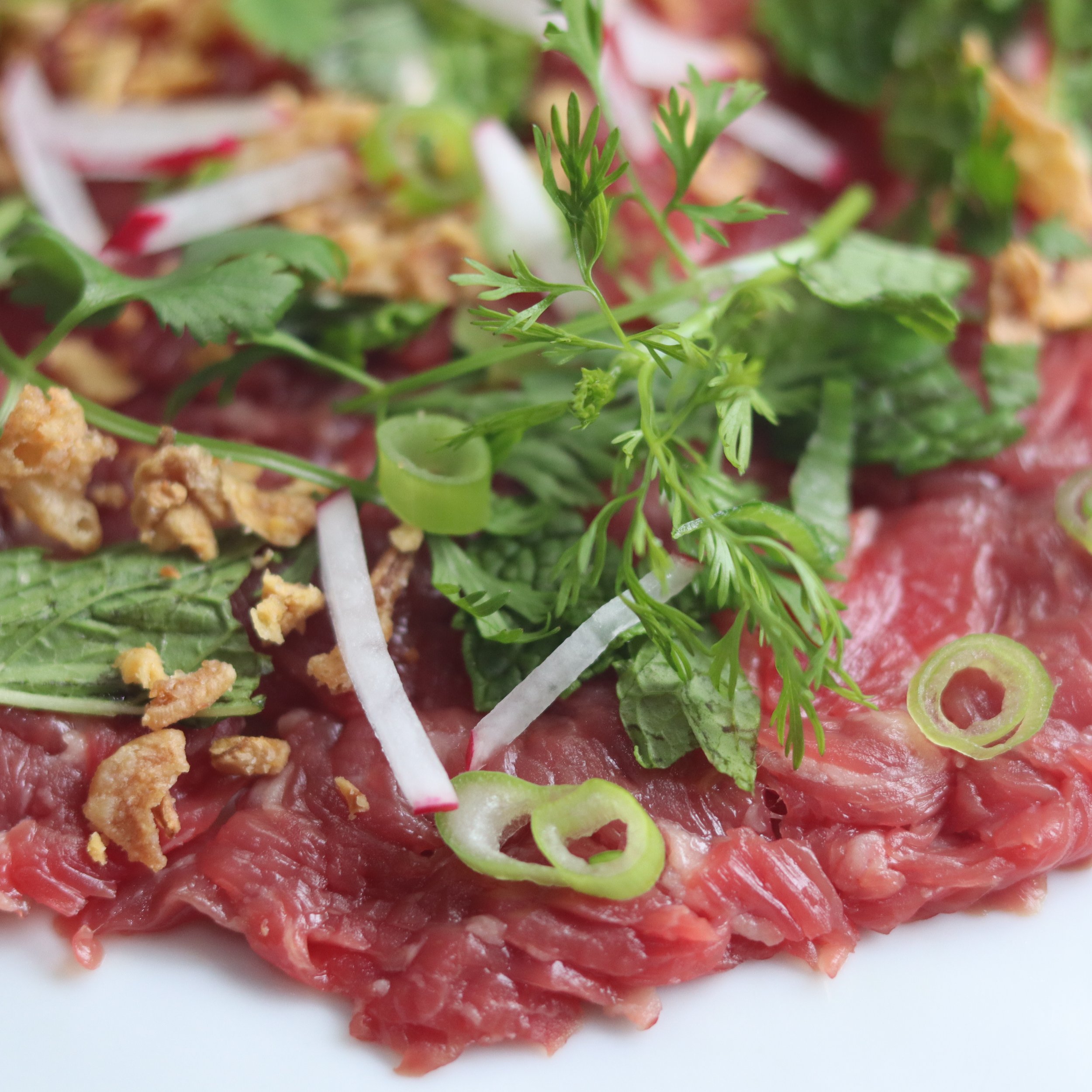







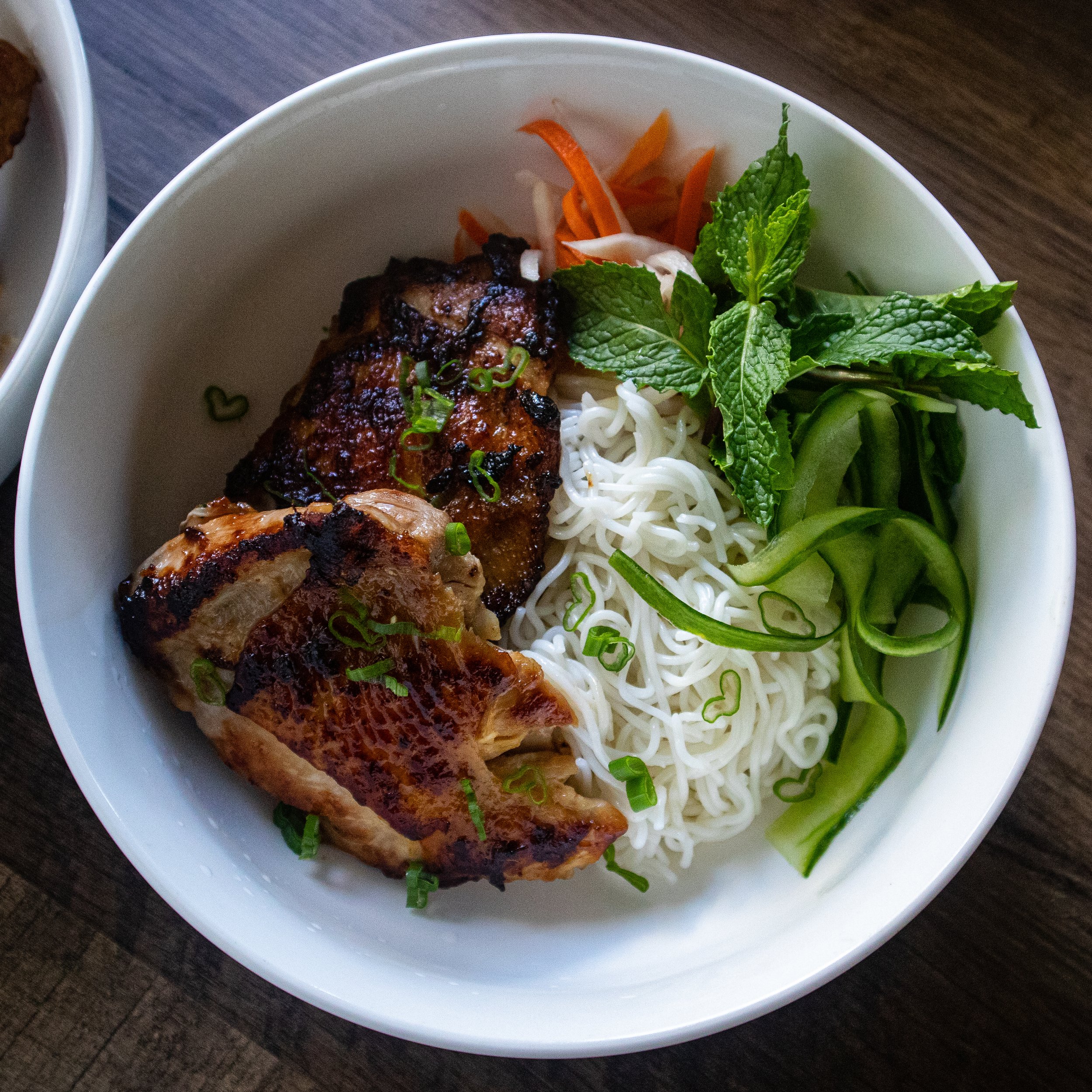











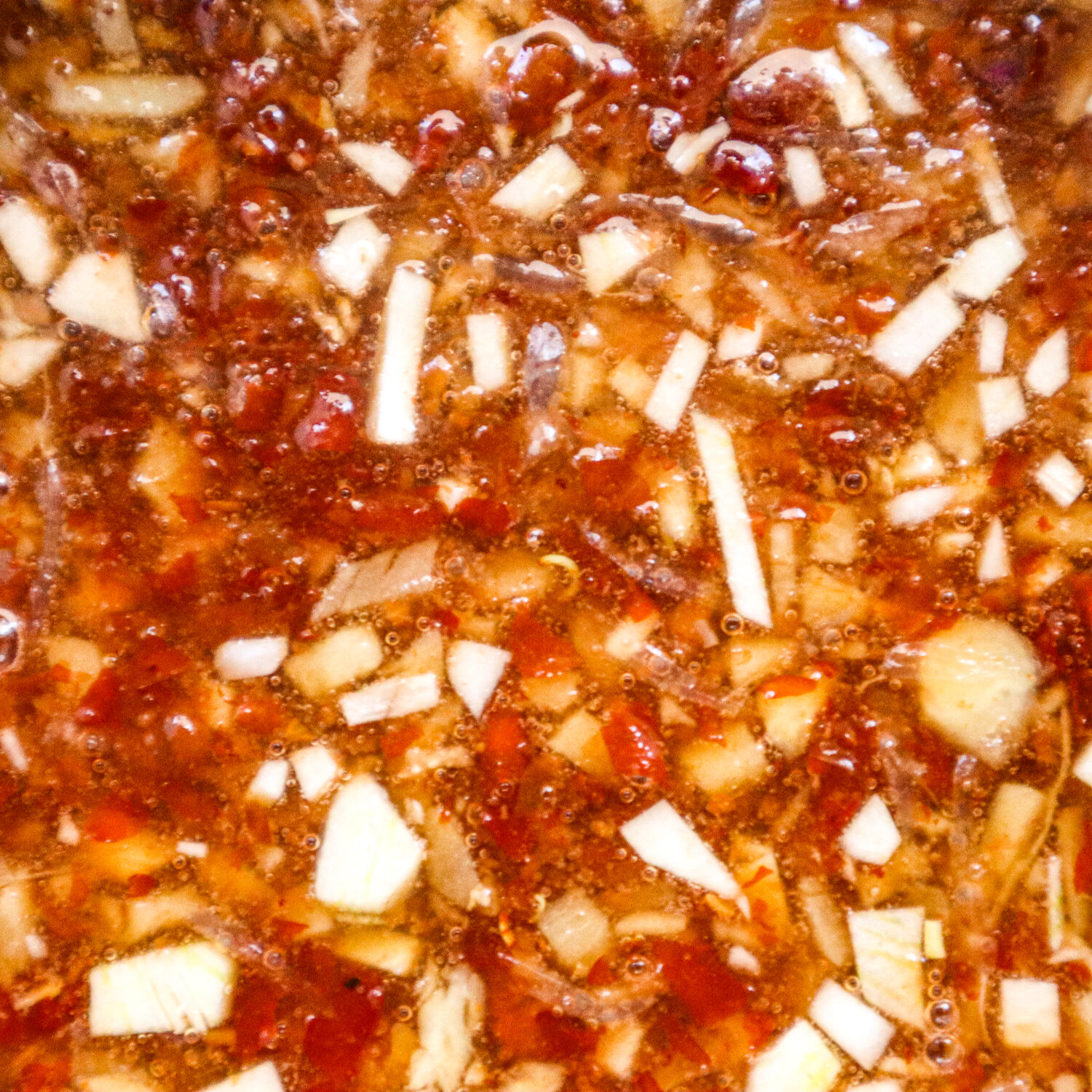





![Gỏi Cuốn Tôm [Shrimp Summer Rolls] Gỏi Cuốn Tôm [Shrimp Summer Rolls]](https://i.imgur.com/iFtKeQd.jpg)
























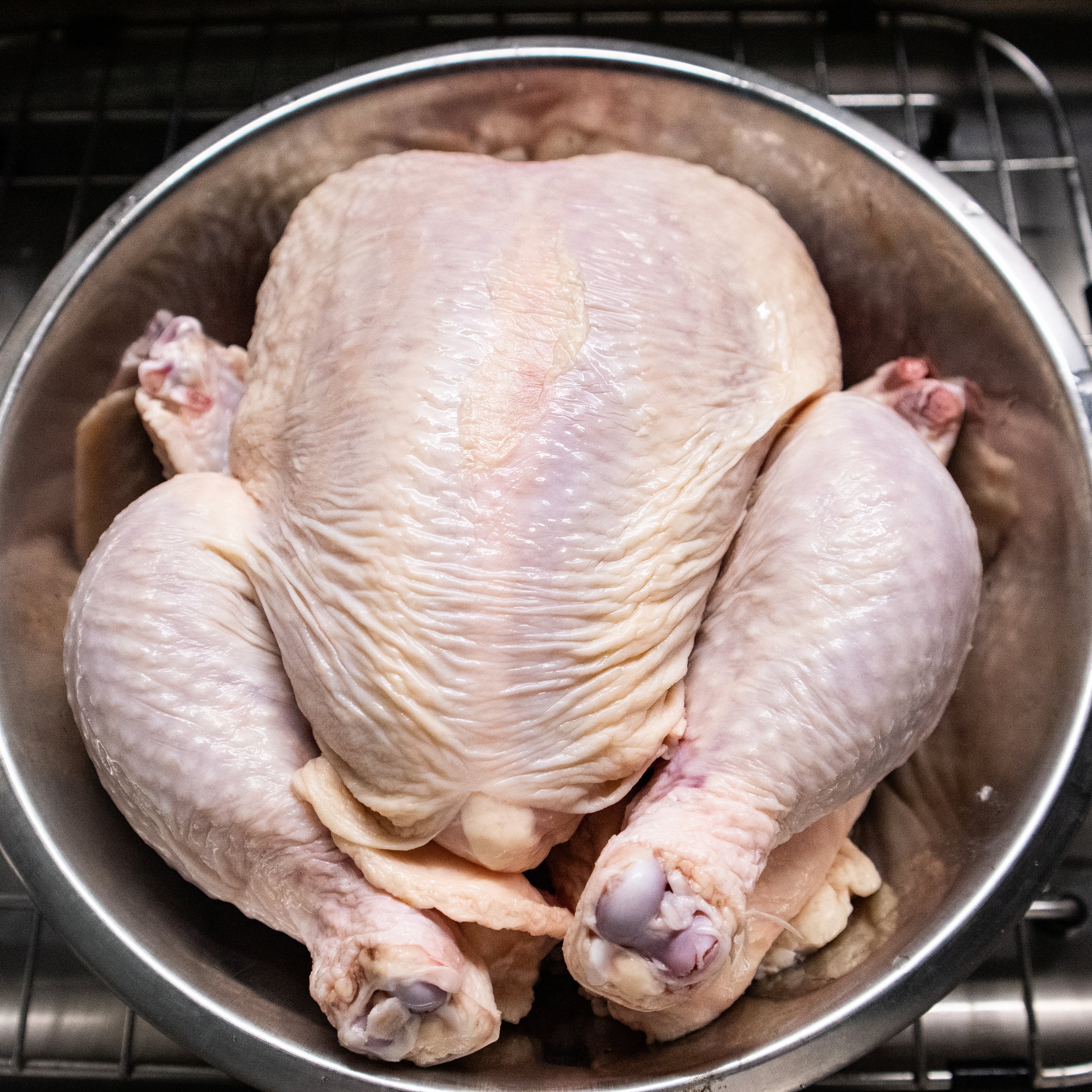



















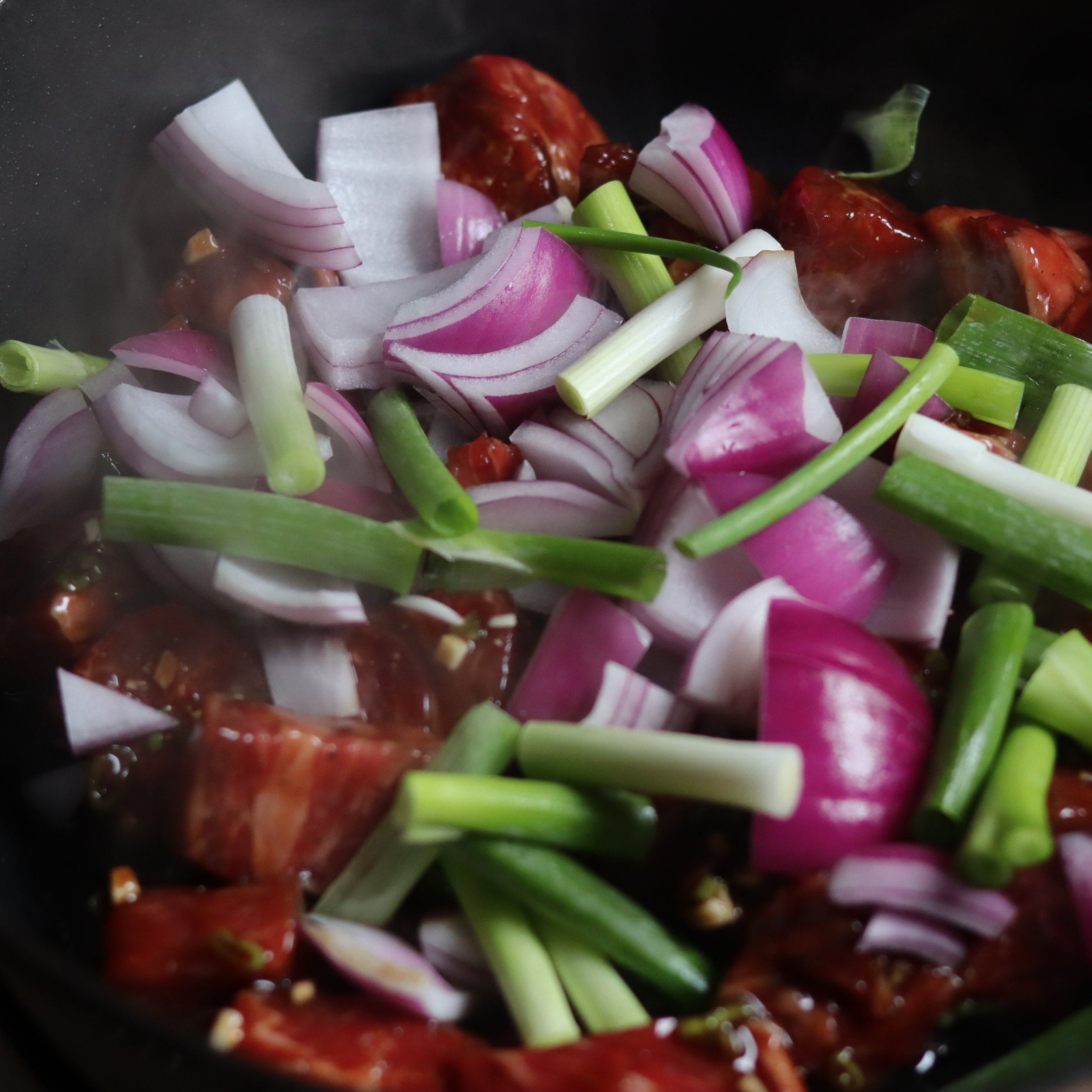


![Shaking Beef [Bò Lúc Lắc] Shaking Beef [Bò Lúc Lắc]](https://i.imgur.com/6TObp8O.jpg)





![Goi Ga [desktop].jpg](https://images.squarespace-cdn.com/content/v1/56cf7cfb0442626af6cd8f70/1623256199397-ZB7LF5ZR5O498LSGI65F/Goi+Ga+%5Bdesktop%5D.jpg)

